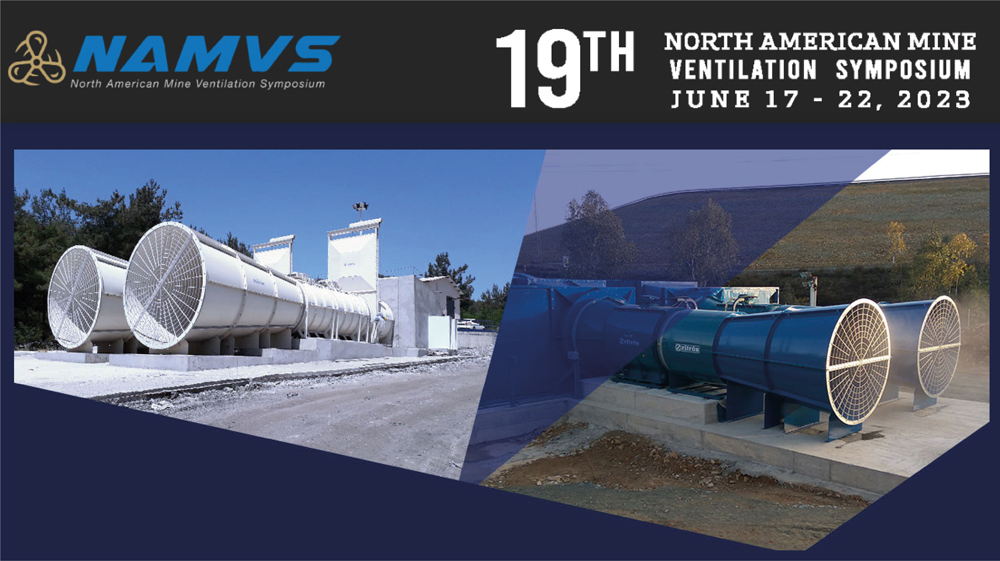Stall impact on axial fans and testing of anti-stall rings
Last June, our Deputy Chief Executive Officer, Javier Fernandez, was honored at NAMVS 2023 (North American Mine Ventilation Symposium) with the ‘Best Paper’ award during the symposium held in Dakota, USA. His research and conclusions on ‘Stall Impact on Axial Fans and the Testing of Anti-Stall Rings’ engaged the audience with great interest. This accomplishment not only reflects his dedication but also highlights the significance of his work in advancing ZITRON’s understanding of fan dynamics and the development of innovative solutions to mitigate stall effects.
If you are interested in accessing the complete paper, please don’t hesitate to reach out to us. We would be happy to provide you with the comprehensive study and delve deeper into the insightful research conducted by our team. Feel free to get in touch, and we’ll ensure you receive the detailed information you’re seeking.
Fan’s operational reliability is a critical factor in ensuring that an underground mine’s primary ventilation system enables and sustains the mine’s continuous operation. At a time when underground mining operations are required to access ore bodies located at ever greater depths, primary ventilation systems are having to deliver volumes of fresh air over longer distances, thereby increasing the operating pressures applied to the ventilation fans. The search is therefore on for ventilation systems with a higher degree of operational flexibility and reliability to cope with constantly changing mine conditions. In this context, the fan stall phenomenon is the subject of considerable discussion in rail tunnel ventilation systems, where fans are often subject to varying conditions.
A typical metro tunnel fan is designed with an anti-stall feature to protect the fan against train induced pressures (i.e., the fan pressure rise increasing continuously from the full flow/zero static pressure point to the maximum pressure rise of the fan). However, the different ventilation circuit scenarios in a rail tunnel are relatively easier to predict than the changing conditions in underground mines. Increased production levels require larger volumes of air and increasing the ventilation system resistance or, alternatively, adding more primary ventilation fans to the ventilation network, which may result in the fan(s) entering the unstable part of their performance curve (i.e., the fan stall region). It therefore follows that the use of fans with an anti-stall feature may be more justified in the underground mining sector than in the infrastructure tunnel sector.
This paper describes the phenomenon of fan stall and provides insights into some of the antistall ring (ASR) design parameters, discussing the mechanical and aerodynamic considerations that arise when fitting an axial fan with an anti-stall ring. It also compares the fan performance of an axial fan with and without the stabilisation ring fitted, highlighting the importance of the fan manufacturer’s system design and testing capabilities, and analyses the advantages and disadvantages of axial fans with fitted with anti-stall devices.

